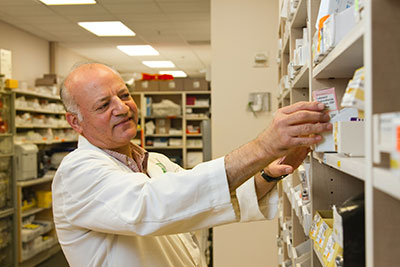 Drugstore deserts are becoming increasingly more common in American rural communities. In a recent University of Iowa Rural Policy Research Institute study, 1,231 of the nation’s 7,624 independent rural pharmacies permanently closed between 2003 and 2018, leaving hundreds of communities struggling to fill their prescriptions.
Drugstore deserts are becoming increasingly more common in American rural communities. In a recent University of Iowa Rural Policy Research Institute study, 1,231 of the nation’s 7,624 independent rural pharmacies permanently closed between 2003 and 2018, leaving hundreds of communities struggling to fill their prescriptions.
An estimated 41 million Americans live in drugstore deserts, meaning that a pharmacy is not easily accessible to them. For many, this means having to travel farther distances and face longer wait times in order to get the prescriptions they need.
Pharmacy benefit managers, or PBMs, are one of the greatest challenges that independent pharmacies face. PBMs often enforce retroactive fees, impose pricey daily charges, and attempt to drive customers to affiliated chain pharmacies with lower out-of-pocket costs—all of which make it more difficult for independent pharmacies to stay open and compete with bigger chain pharmacies.
With PBMs, drugstore chains and insurance companies all working together to consolidate power in the pharmaceutical world, independent pharmacies are left on the outs and will continue to struggle and/or close. As a result, people living in rural communities have fewer options. Many will have to deal with higher costs from their corner pharmacy so that their local drugstore can stay in business. For others, this means having to travel outside of their drugstore desert altogether in order to fill their prescriptions.
To read the full story, go here: https://khn.org/news/article/last-drugstore-how-rural-communities-lose-independent-pharmacies/
